July 22 - 28, 2012: Issue 68
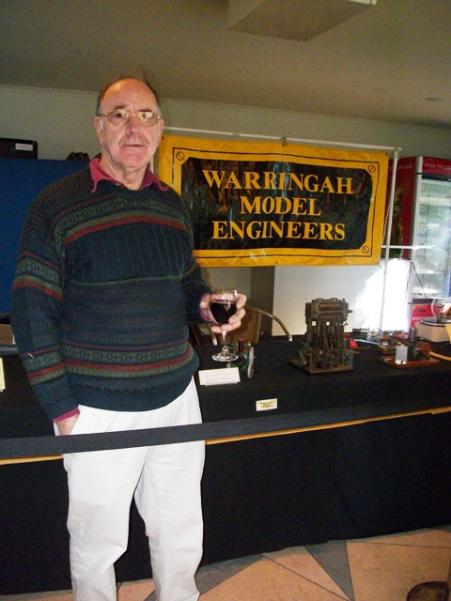
John Gibson, President Warringah Model Engineers.
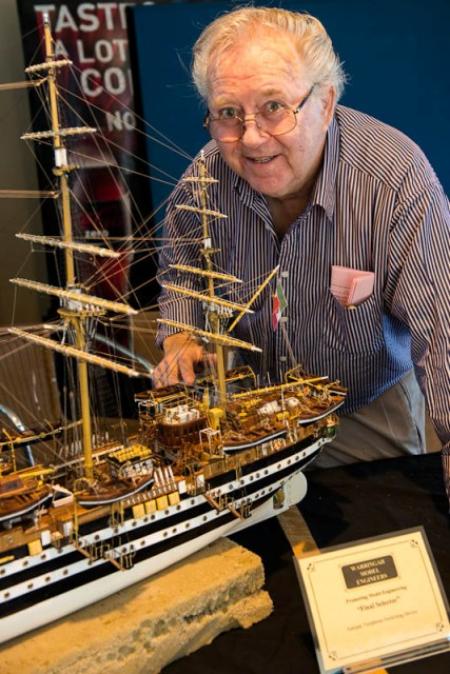
Tony Jaksich, Warringah Model Engineers
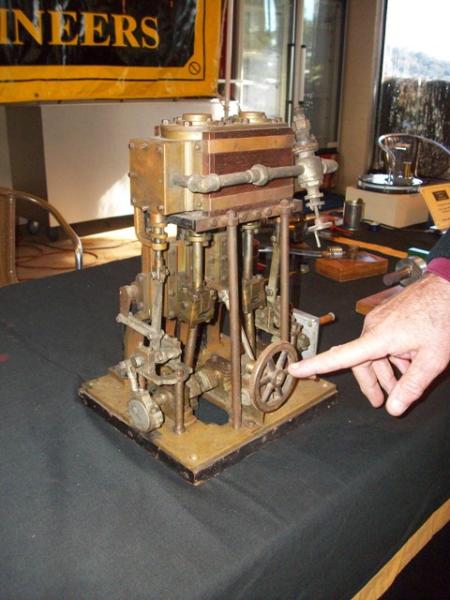
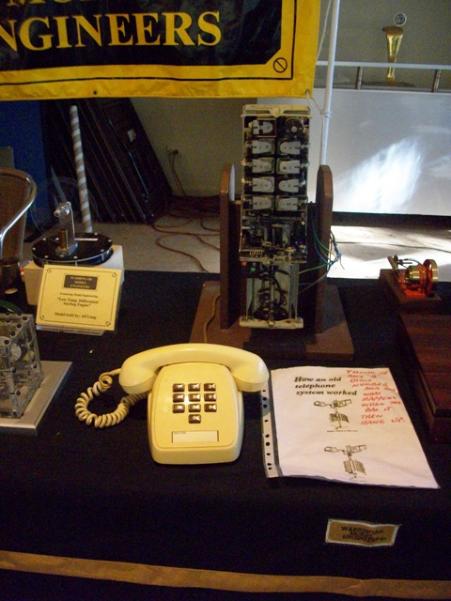
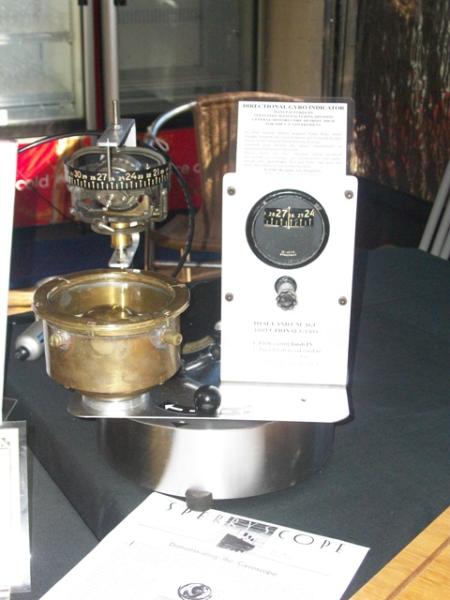
Warringah Model Engineers Display
Recently we talked to members of the Warringah Model Engineers who were sharing and showing some of the items their members had built. Intrigued we asked more about these static and dynamic models of larger objects. Their President, John Gibson, kindly talked us through each very intersting model.
The model boats are made by one of our members and he seems to specialise in the very early ships; sailing ships and his workmanship is just beyond belief; the detail he goes into to present the models; they’re very extensively done.
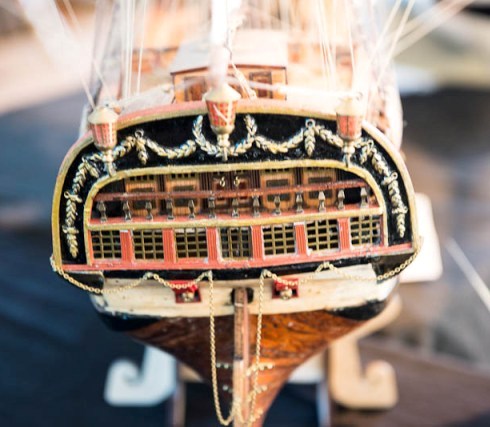
Clockwork engine: Over in the back there we’ve got an early spring driven engine; it’s a bit like a wind up gramophone and you wind it up and then you drive whatever you need to drive from the pulley.
Twin cylinder steam engine(left): This is a model vertical steam engine, typical of what might have been in a reasonably sized model boat in the early 20th century; probably from the 1880’s through to the 1940’s or 1950’s when steam started to die completely.
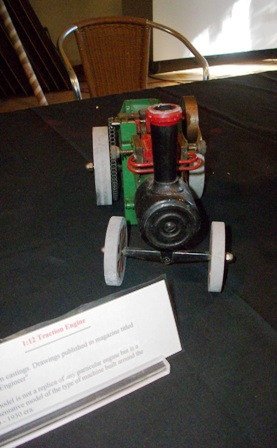 Model Traction Engine: This little one here is a model steam traction engine; it’s made from a kit that was assembled by children in secondary school from time to time; and this is an example of that type of engine. They were used out in the country, usually for ploughing fields or pulling down trees, doing a lot of manual work on a farm or rural setting. Traction engines started to replace horse power in the early 1800s and lasted to the 1920s or so.
Model Traction Engine: This little one here is a model steam traction engine; it’s made from a kit that was assembled by children in secondary school from time to time; and this is an example of that type of engine. They were used out in the country, usually for ploughing fields or pulling down trees, doing a lot of manual work on a farm or rural setting. Traction engines started to replace horse power in the early 1800s and lasted to the 1920s or so.
Hot Air Engines: These three engines are hot air engines. The one at the back is a low temperature differential hot air engine and it was made by one of our members, Alf Lang, who has since passed on. It relies on a temperature difference of about 3 to 5 degrees Celsius to work. The ivory box contains lamps that create heat and that heat is transferred to an air column inside the two discs. The top disc is a cold disc; so you have a hot area and a cold area; essentially using that difference we create a positive and negative pressure in that brass cylinder and that extracts energy from the changes in air temperature and pressure to drive the system.
What were these used for?
Well, that’s just a model. Hot air, or Stirling cycle engines were used on farms, often to drive low capacity pumps, or in farmhouses to drive a fan, to circulate air in the house. It seems a bit funny having a fan driven by heat in a hot house; but mostly they were used to move air around and give some semblance of a draught. Those are the main places I’ve seen them operate. We have a member who is building a full size Heinrici hot air engine at present.
The next display is a portion of a not so old Telephone Exchange system; this gives people an idea of how numbers dialled from the home were treated at the exchange. They called this apparatus the Uni-Selector, when you dial a number, the number passes on to the Uni-Selector and it selects that number and then when you dial the next number, it selects a second digit and so forth; ultimately it creates a path from your telephone to the person that you’re calling. These electro-mechanical systems that once filled large exchanges have been replaced by computers.
Model Steam Engines: Here we have five model steam engines; they are all horizontal steam engines, unlike the one that went in a boat which is a vertical steam engine. These are all what we call ‘horizontal’ or ‘Mill Engines’; typical of what may have been used in a factory or a mill in the steam era. Such as a saw mill, or a sugar cane mill, or even an engineering factory where you have machinery to be driven; these would be typical of the types of engines utilised. We can’t use steam due to dangers inherent in public displays so we just use compressed air to drive the models. We run the whole lot on fairly low pressure, maybe about 10 pounds per square inch (70 kPa).
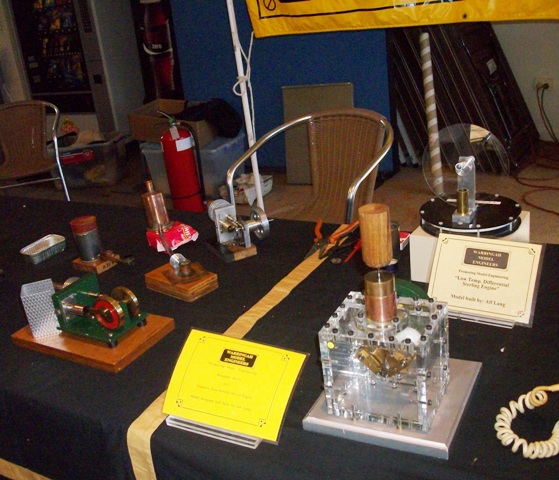
Directional Gyro(left): The next item is a directional gyro out of an aeroplane or ship; this uses a gyroscopic effect to maintain an aircraft or a boat’s heading. Once it is set to a specific heading, I think it’s sitting on about a 240 degree heading now; as the aircraft or ship changes direction, the gyro retains the set heading. When the captain notices a change in direction and is able to correct it and bring it back onto the set heading.
Warringah Model Engineer Inc
Warringah Model Engineers was formed in January 1996 to provide a club for people who are involved, or have an interest in all kinds of model engineering. Historical, experimental and whimsical models in all sorts of materials are encouraged. A presentation is usually made at each meeting and these have, included lathe demonstrations, measuring instruments, new models, historical restoration projects, experimental engineering, specialised tool making, and all sorts of other topics.
The club is a great place to meet people with strong engineering background and to pick up tips and solve all those "how do I do that" problems.
A light supper is provided (coffee, tea and biscuits) during each meeting. General meetings are held at 7.30 on the (2) second Thursday of each month at the Eurobodalla Homes Hall, No 8 Aquatic Drive, Allambie Heights. (Top of the hill, near the Bus Stop). Secretary Ivan Campbell; 15/737 Pittwater Rd, Dee Why 2099.
Occasionally we organise club outings to places of interest, these can be engineering plants, or just places of general interest.
Some members also have a social meeting at the Dee Why RSL "Coffee Club" on the (4th) fourth Thursday of each month 10.00 am.
Everyone is welcome, and you do not have to be an engineer!
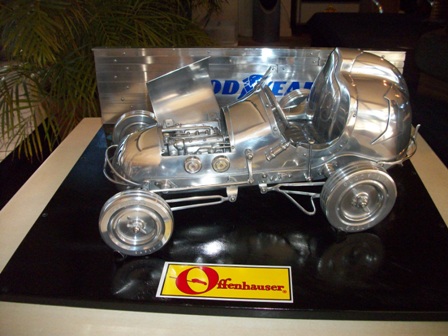
Images by Michael Mannington and A J Guesdon, 2012.
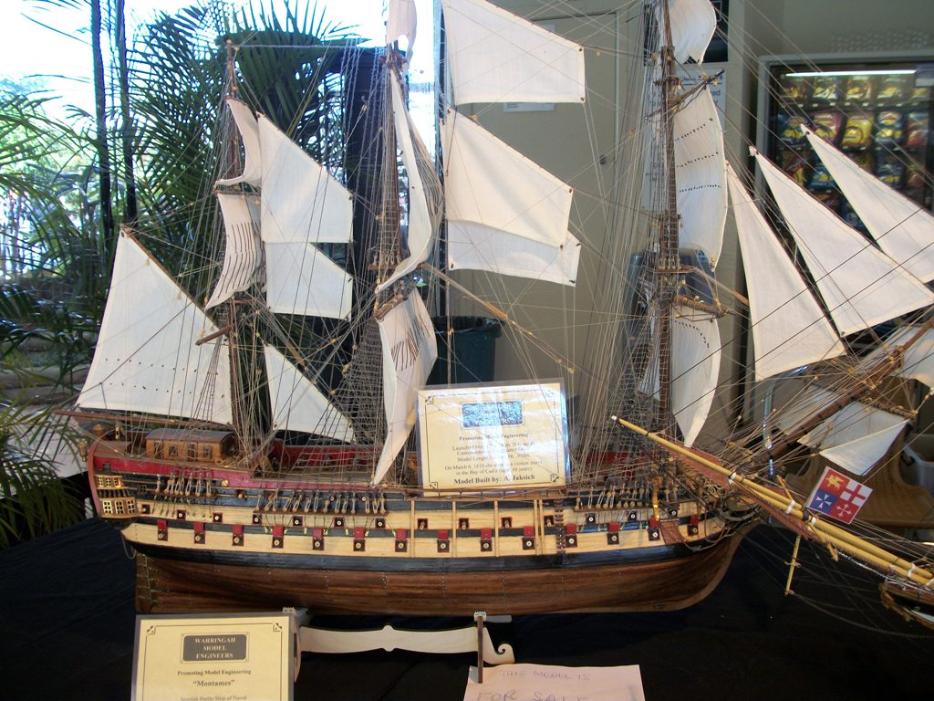
'Montames' model built by Tony Jaksich; this ship was launched May 1794 with 76 Guns and Cannonaides on her Quater Deck. On March 6th, 1810 she sank in a violent storm in the Bay of Cadiz. This Model's length is 1.250m and Height is .930m.